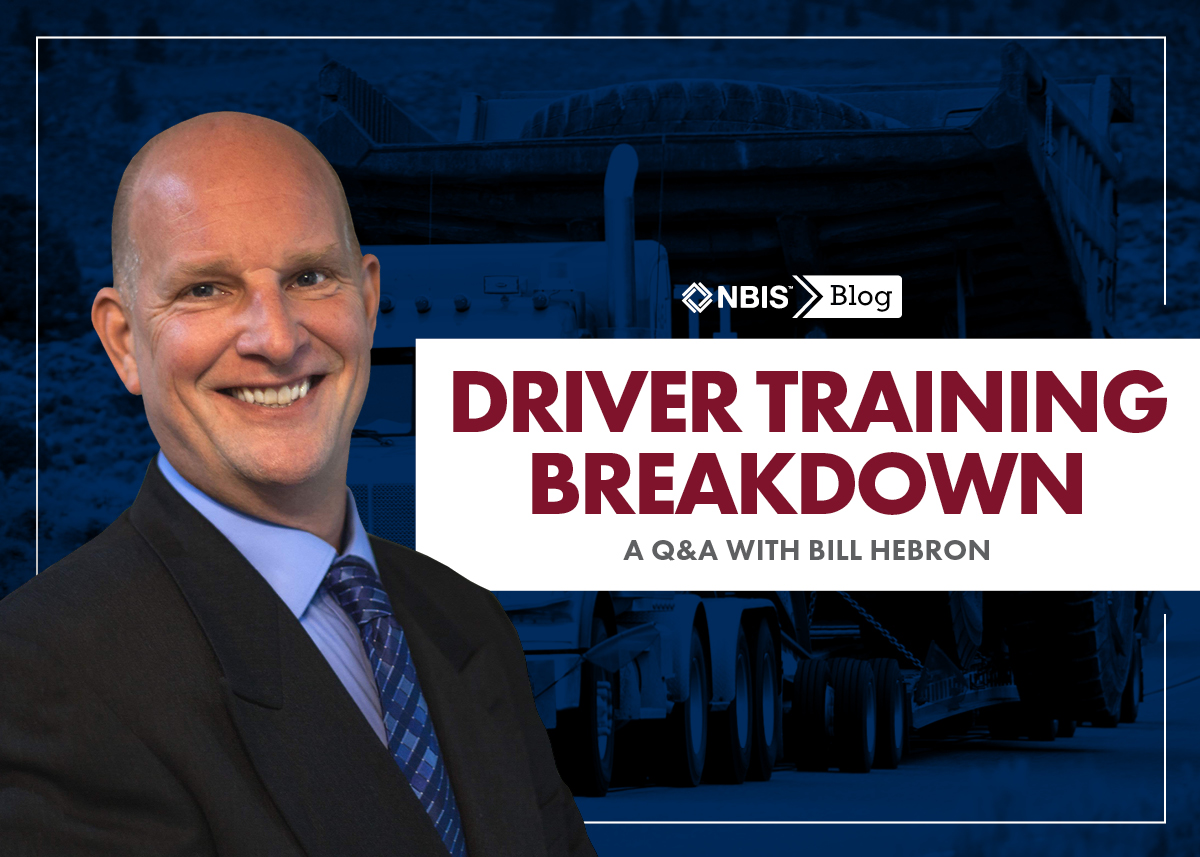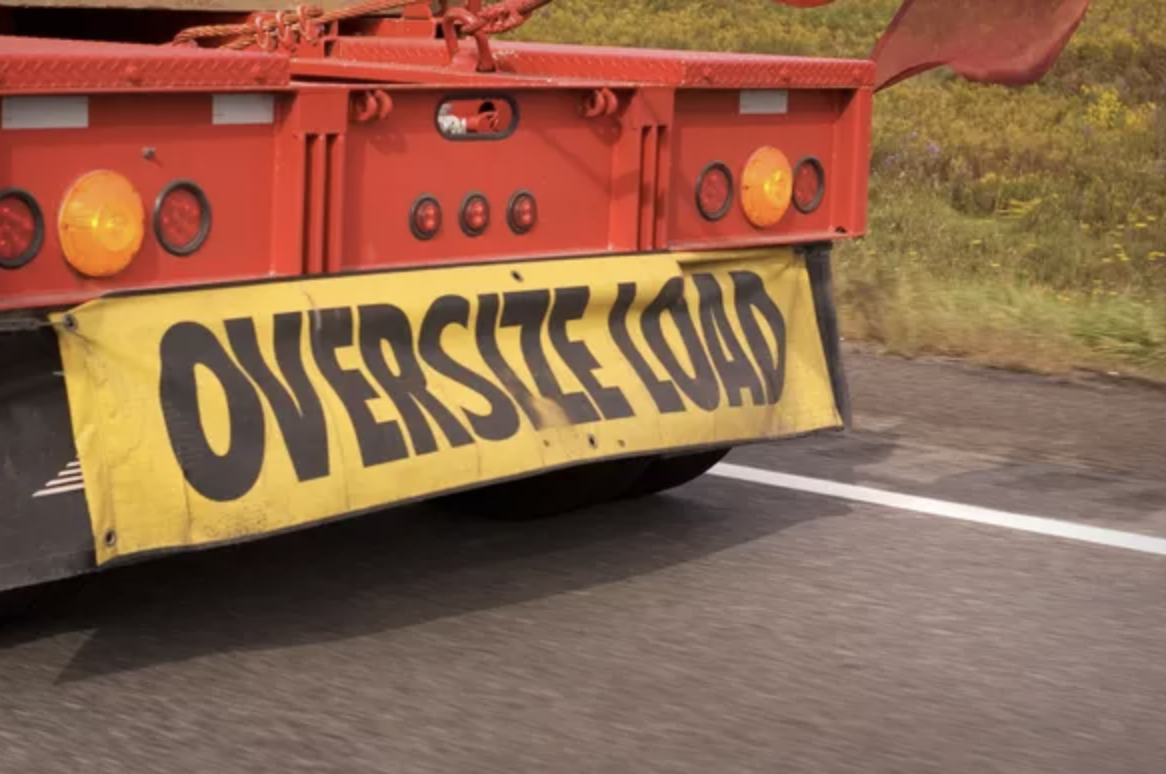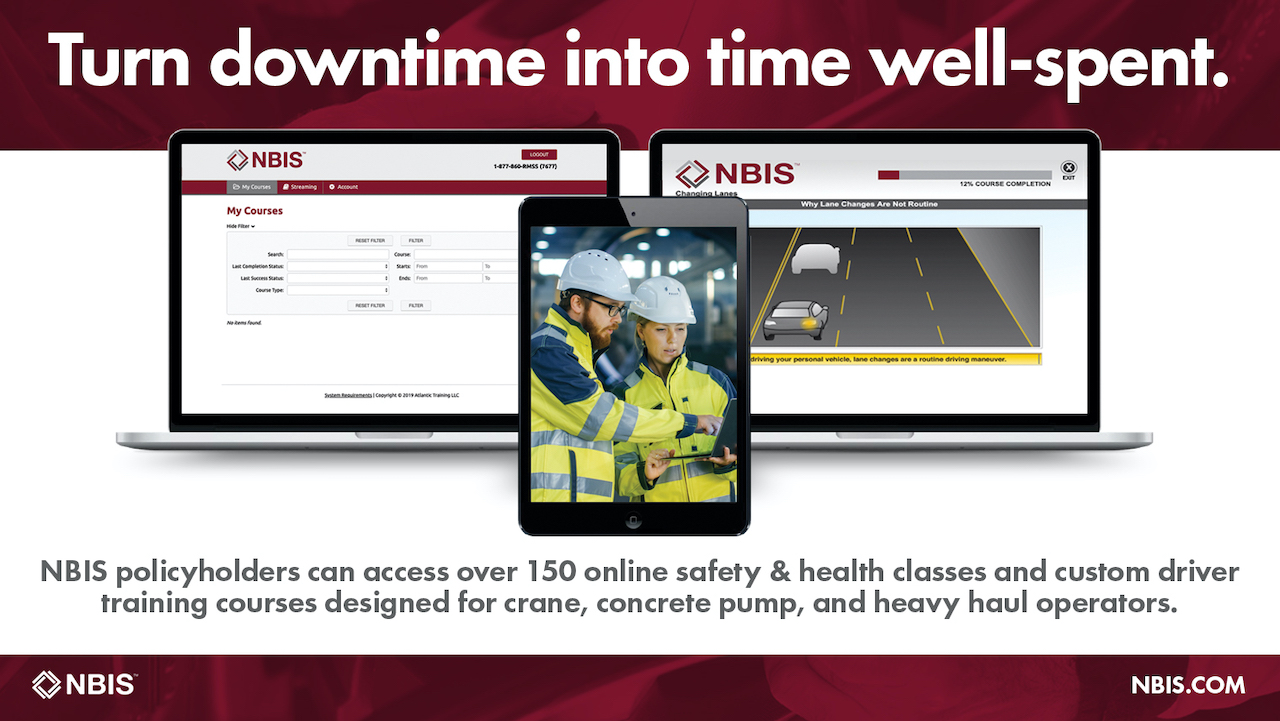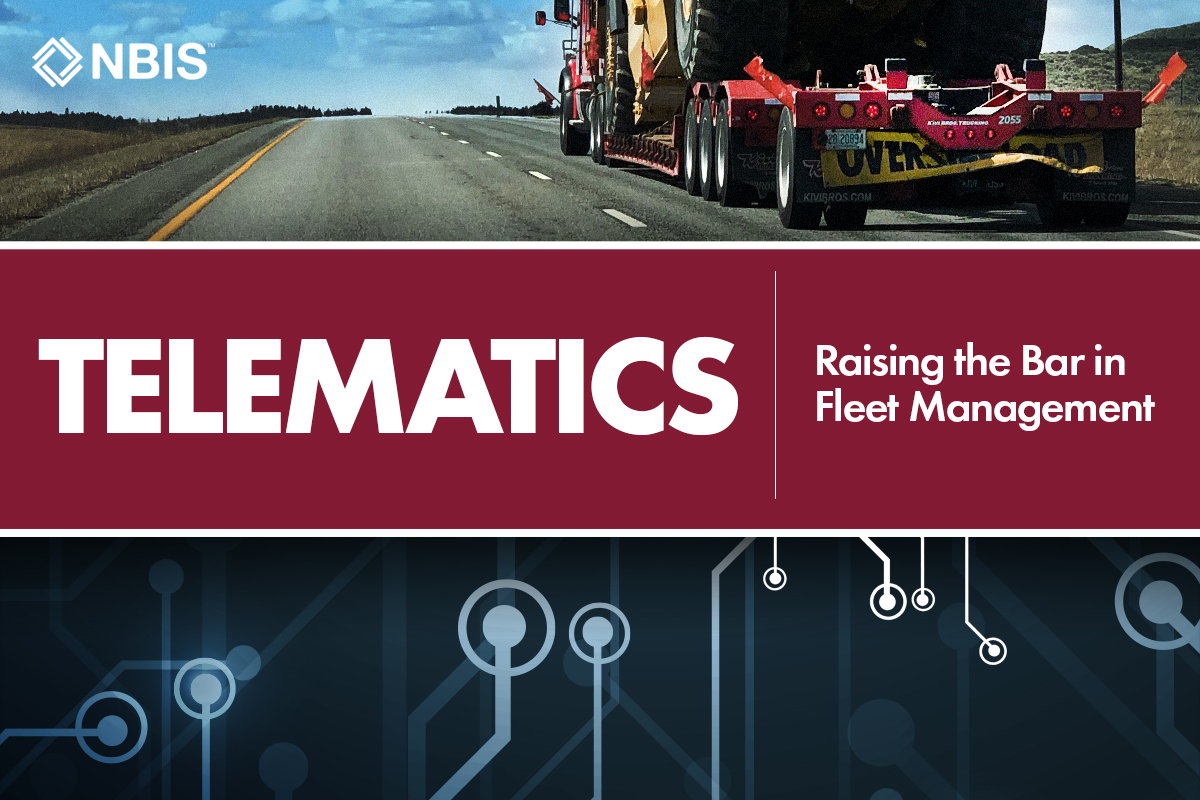Here at NBIS, we are constantly faced with questions from insured partners regarding their driver training programs. We field questions from everything related to frequency of training to types of driver training. Part of the reason for the variance in driver training approaches is a lack of clarity from regulatory bodies like the Department of Transportation (DOT) and the Federal Motor Carrier Safety Administration (FMCSA). Unfortunately, driver training rules and regulations offer only that training should be conducted and documented.
How much training should drivers have? And what kind of training? For fleet managers and safety professionals seeking for driver training guidance, these questions can be hard to navigate without clear-cut regulations.
This Q and A session with NBIS’ Specialized Transportation Program Manager Bill Hebron offers some insights into what exactly constitutes adequate driver training. Our discussion with Bill covers the importance of driver training, the rules in place, different kinds of training, and how to conduct them.
Q. Why is driver training important to companies?
BH: Driver training is important for four reasons.
First, it’s the right thing to do. Commercial drivers share the road with our families, friends, and neighbors. In order to ensure everyone’s safety, companies owe it to the public to prepare their drivers with the proper training. Second, training can help build your company’s safety culture. It sends employees the message that your company values safe drivers, is willing to spend the resources to achieve safety, and that they should take safety seriously, as well.
Third, well-documented training can help you defend against litigation if the driver is involved in an accident. Finally, training can impact your premiums when it’s time to renew or change your insurance.
Q. What are the rules issued by the Department of Transportation (DOT)/FMCSA in regards to driver training?
BH: Part 391 of the Code of Federal Regulations vaguely requires that drivers “Can, by reason of experience, training, or both, safely operate the type of commercial motor vehicle he/she drives.”
If that regulation sounds vague, that’s because it is. It’s up to companies to show compliance. There are a number of ways to do that: documentation, background checks, certifications, and other forms of due diligence.
Q. Does the DOT/FMCSA offer any guidance into what specific areas of training companies should conduct?
BH: The short answer here is no.
Your training should be relevant to the driver’s activities, such as flowing distance, lane changes, or backing. Whatever activities your driver encounters on a day-to-day basis are possible training areas. You don’t want your drivers to robotically click through a hazardous material transportation module, for example, if they’re transporting non-hazardous commercial goods.
Q. How often should companies conduct driver training?
BH: Companies should conduct driver training as part of their onboarding / driver orientation process, and at a minimum, they should conduct yearly training after that. Ensuring that new drivers can operate your company’s specific equipment isn’t technically required, but it’s wholly necessary. Don’t leave your new drivers to figure things out on their own.
When it comes to recurring driving training: the more often, the better. Everyone is busy, but there are plenty of creative workarounds. Incorporate driver training topics into your scheduled safety meetings, for example. NBIS offers a number of online driver training courses developed by industry experts that are specific to commercial drivers operating specialized equipment. Most of these training topics are highly relevant and broken into short modules that can be completed anytime, anywhere – via desktop or using a smartphone or tablet.
Requiring a module a month is a great starting point, and the small time investment will reap immeasurable rewards in the long term.
Q. What type of driver training should be conducted?
BH: Your company needs to conduct both formal and informal training—and both need to be documented. Formal training includes standard training modules with certificates of completion, either online or in-person. Examples of informal training include “toolbox talk” safety meetings, and driver engagements.
You’ll still want to document informal training. Instead of a certificate, you can use a sign-in sheet, coupled with meeting minutes or a saved PowerPoint with all the information you covered.
Q. Does the training instructor need to be certified?
BH: No, there aren’t any requirements for the instructor certification. That doesn’t mean you should pick up just anyone, though. The instructor should be knowledgeable about the topics at hand, and should be able to identify with the drivers. An executive of the company should participate as often as they can, to show their support.
Q: Do I need to retain records of trainings?
BH: Absolutely. Any training—formal or informal—should always be documented. And, make sure to store the records with the driver’s employee personnel file.
NBIS industry experts have decades of experience in the specialized transportation field and offer a unique risk-management approach tailored to your specific business. Reach out to learn more about NBIS’ Online Driver Training Module, one of the most comprehensive online driver training programs available.







